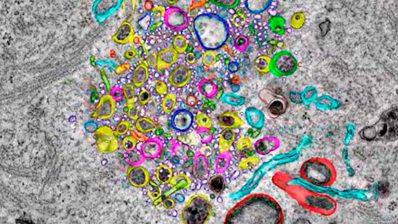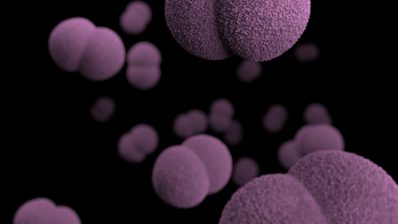The collaborative project “Undiagnosed Rare Diseases Program of Catalonia” (URD-Cat) has developed the Genome-Phenome Analysis Platform (GPAP) to collect, re-analyse and re-evaluate data from patients with rare diseases that have not yet been diagnosed. This project has brought together the main groups working on rare diseases from different institutes in Catalonia, including the Hospital del Mar Medical Research Institute (IMIM), the Centre for Genomic Regulation (CRG) together with the CNAG, the Department of Medicine and Life Sciences (MELIS-UPF) and the Barcelona Institute for Global Health (ISGlobal), four of the centres of the Barcelona Biomedical Research Park (PRBB).
A disease is considered rare when it affects less than one in 2,000 people. But if we take into account all the rare diseases that exist, as many as one in 12 people could have one of them. In 80% of cases, these diseases have a genetic cause. However, despite advances in genomic analysis, diagnosing a rare disease can be an odyssey. This is because, when a genome analysis is performed, it does not look for mutations in every single gene, but rather scans for genes that have been previously associated with genetic diseases. Therefore, the diagnosis of a rare disease is obtained after 5 years on average, if at all.
A shared platform
The URD-Cat GPAP platform has been able to give a second chance to those patients who had not been diagnosed through the usual channels. It is a tool that makes patient data available to the rest of the centres in the consortium, opening up knowledge to the whole of Catalonia. Thus, the genomic data of 323 patients have been re-analysed and a conclusive diagnosis has been found for 67 of them (20.7% of the cases). In addition, 6 new genes associated with a specific rare disease were identified.
Gemma Bullich, first author of the study, comments that “the URD-Cat GPAP provides a form of continuous communication and data exchange between professionals involved in the diagnosis of a patient, bringing together knowledge that would otherwise be dispersed”. Her colleague Sergi Beltran (CRG) states that “initiatives like this offer hope for those patients without a diagnosis after routine tests have been carried out”. Luis A. Pérez Jurado (UPF), coordinator of URD-Cat, adds that “the diagnoses obtained help to improve patient treatment and allow genetic counselling for families“.
Bullich, G., Matalonga, L., Pujadas, M., Papakonstantinou, A., Piscia, D., Tonda, R., … & Vendrell, T. (2022). Systematic Collaborative Reanalysis of Genomic Data Improves Diagnostic Yield in Neurologic Rare Diseases. The Journal of Molecular Diagnostics, 24(5), 529-542. DOI: https://doi.org/10.1016/j.jmoldx.2022.02.003







